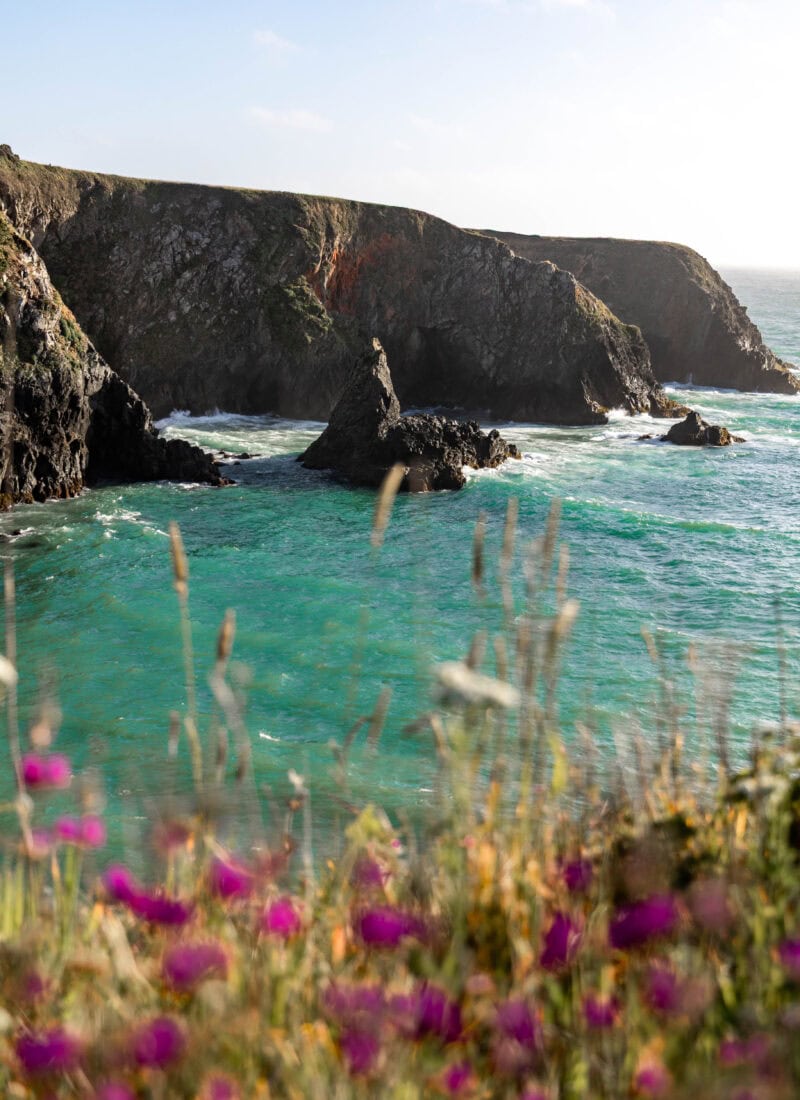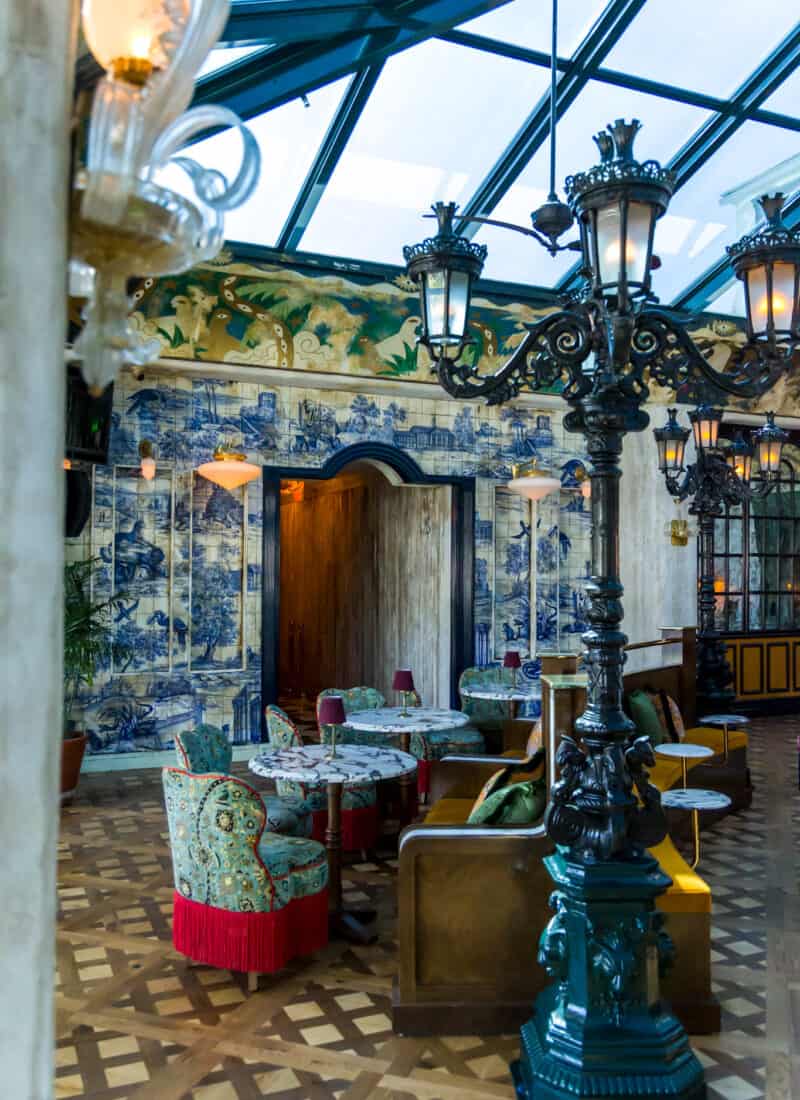The Ultimate 2 Day Olympic National Park Itinerary: A Perfect Weekend Guide


Looking for the perfect itinerary for a 2 day getaway to Olympic National Park? Embark on a journey of stunning landscapes and untamed beauty as we unveil the ultimate adventure in the heart of the Pacific Northwest – Olympic National Park. Located a few hours from Seattle, this national park feels as though you’ve been transported into an entirely different world. In just two days, you can explore a whirlwind of lush rainforests, rugged coastlines, and towering mountain peaks.
This Ultimate 2 day Olympic National Park Itinerary is your passport to a seamless escape into the diverse wonders of this UNESCO World Heritage Site. Lace up your hiking boots, get your camera ready, and let’s dive into a weekend of natural wonders that will leave you in awe. Welcome to your 2-day adventure in the enchanting embrace of Olympic National Park!
Things to Know Before Visiting Olympic National Park
- The Olympic Peninsula has a very wet climate so in most seasons it rains a lot. Be prepared by packing waterproof rain boots, and a rain jacket, and always carry an umbrella.
- You can purchase a 7 day pass for $30 at the entrance. If you visit national parks frequently then purchase the America the Beautiful pass as it’s only 80 for the year.
- Always practice leave no trace principles. This helps preserve the Olympic’s wild character and protect its plants and wildlife. Since over 2.5 million people visit the park each year.
How to Get to Olympic National Park
While all opinions and recommendations are always my own, my content on this 2 day Olympic National Park itinerary may contain affiliate links for hotels I’ve traveled to, tours I’ve completed, and products I recommend. This means I get a small commission (at no additional cost to you) if you book a stay or purchase a product after clicking one of these links. As always, I am so thankful for your support so I can continue to offer free resources.
Most visitors fly into Sea-Tac International Airport and drive out to the Olympic Peninsula. To ensure a smooth start, it’s advisable to book your rental car well in advance. The drive from the airport to Port Angeles is a favored hub for exploration and where most people stay when visiting Olympic National Park. It typically spans around 2.5 hours, offering a scenic introduction to the region’s beauty along the way. Furthermore, the drive takes roughly 2.5 hours from the airport to Port Angeles which is a popular home base for exploring.
Day 1: Exploring the Olympic Peninsula + Surrounding Areas of Port Angeles
Morning
Lake Crescent (Mt. Storm King)

Lake Crescent is a glacially carved lake near Port Angeles, famous for its crystal clear waters and largely undeveloped shoreline. Reaching depths of up to 624 feet in its southern basin, Lake Crescent is the second-deepest lake in Washington, surpassed only by Lake Chelan.
Highway 101 traces the southern coast of the lake for 10 miles of gentle curves and gorgeous views, winding past several pull-out areas and the historic Lake Crescent Lodge. The entire time we were driving around the lake I was in awe with how clear the water was and how beautiful and peaceful it was.
If you are feeling adventurous you can hike Mount Storm King as the trailhead is located near the Storm King Ranger Station. It is a 4-mile out and back VERY steep climb to reach the summit (a 2100 elevation gain). If you are like me and want to indulge in a hike that is a bit easier to tackle, then read on.
Marymere Falls


A great hike to start your 2 day Olympic National Park Itinerary is Marymere Falls. The trail to Marymere Falls passes through an enchanting forest filled with old-growth trees, moss-covered rocks, and ferns. You do have to hike over a bridge or two including one that is just a huge log. The area has diverse plant and animal life and showcases the rich biodiversity of the Olympic Peninsula.
The waterfall itself is a two-tiered waterfall with a total height of roughly 90 feet. The water cascades down a series of moss-covered rocks and creates such a picturesque scene. So much so, that we witnessed a small group of people having a wedding ceremony at the base of the falls. It was a stunning venue, to say the least!
Visitors can view the falls from a viewing platform at the end of the trail or there is a staircase to view it from higher ground. The Marymere Falls hike is roughly 1.7 miles out and back and you’ll want to park at the Storm King Jetty Center for access to the Marymere Falls trailhead. Finally, you do not have to pay to park here.
Afternoon + Early Evening
Sol Duc Falls + Madison Falls


Another great hike located only a 30-minute drive from Lake Crescent is Sol Duc Falls. The Sol Duc Falls trail takes you through a lush, old-growth forest, offering a scenic and relatively easy hike. The trail starts at the Sol Duc River, so you can enjoy the river’s beauty before entering the enchanting forest.
It’s especially wonderful to visit during the fall and catch the fall foliage. The waterfall itself is a captivating sight, with the Sol Duc River cascading over a rocky cliff. The falls have a height of around 48 feet and the hike takes roughly 42 minutes to complete. Finally, there is a viewing platform at the end of the trail, allowing visitors to get a close look at the falls.
If you prefer a shorter hike consider Madison Falls. Located next to the Sol Duc River this hike is a short walk from the parking area and the waterfall is about 60 feet tall.
Drive to Port Angeles for Lunch
If you’re a Twihard like me consider having lunch or an early dinner at Bella Italia, which is the restaurant where Edward and Bella have their first romantic moment, eeeek! Otherwise, if you’re normal, Port Angeles has plenty of lunch places to choose from. Consider the Chesnut Cottage Restaurant, New Day Eatery, or Shirley’s Cafe.
Hurricane Ridge

Photo Credit: National Park Service
Hurricane Ridge has stunning panoramic views of the Olympic Mountains, including peaks such as Mount Olympus. On a clear day, visitors can enjoy vistas of snow-capped mountains, alpine meadows, and the Strait of Juan de Fuca. Hurricane Ridge is located 17 miles south of Port Angeles. The drive from Port Angeles takes roughly 39 minutes and Hurricane Ridge Road offers stunning views.
Once you reach the Hurrican Ridge Visitor Center there are several hiking trails. Catering to different skill levels. The trails offer opportunities to witness diverse ecosystems, from subalpine forests to alpine meadows. You can even view deer, marmots, and all different bird species on Hurricane Ridge.
Did you know you can take the bus to Hurricane Ridge? If you’re not a skilled driver this is a great option. You can board the bus at the Gateway Transit Center in Port Angeles. The Gateway Transit Center is located in downtown Port Angeles, at 123 E Front Street and it costs $2 round trip. Finally, due to its high elevation, you’ll want to make sure to pack layers because it can get quite cold up there, especially during the winter months.
Day 2: Coastal Adventure + Lush Rainforests
Morning
Cape Flattery

Photo Credit: Shutterstock
Did you know Cape Flattery is the northwesternmost tip of the United States? It stands as a testament to the raw and untamed beauty of the Pacific Northwest. Renowned for its dramatic coastal landscapes and staggering sea cliffs, Cape Flattery offers an unparalleled escape into the heart of nature.
The coastal trail leading to the cape winds through a lush, temperate rainforest, offering glimpses of towering Sitka spruces and cedar trees that create an otherworldly ambiance. It is a short trail at only 1.5 mile round trip. Upon reaching the cape’s vantage points, you’re rewarded with mesmerizing panoramic views.
The turbulent waters of the Pacific Ocean collide with the rocky shoreline, creating a dynamic display of nature’s power. From the observation decks perched on the cliffs, you can witness the sea stacks rising majestically from the ocean, and catch sight of seabirds soaring on the coastal winds. Finally, it’s best to visit in the morning when the trail is quiet and the morning light cascades off the beautiful ocean.
Forks


Forks Washington has become a world-renowned town all thanks to a little film called Twilight. Unfortunately, most of that film was filmed in Oregon however certain spots offer Twihards a glimpse into the movie. Including Bellas Truck at the Visitor Center, La Push Beach, and the famous “Welcome to Forks Sign”.
Aside from that, Forks is a very small town but is the perfect place to stay during your 2nd day on your Olympic National Park Trip. Visitors can explore the charming downtown area, filled with local shops, cafes, and restaurants. The surrounding landscapes offer a gateway to outdoor adventures, including hiking trails, wildlife viewing, and opportunities to experience the unique ecosystems of the Olympic Peninsula.
Furthermore, it’s located the closest to Hoh Rainforest (but still a good 1.5-hour drive). Whether you’re drawn by the Twilight mystique, the allure of the great outdoors, or the town’s small-town charm. Forks offers a unique blend of cultural and natural attractions that make it a memorable destination on the Olympic Peninsula.
Afternoon
Hoh Rainforest


The Hoh Rainforest, nestled within Olympic National Park, is a mesmerizing testament to the lush and primeval beauty of the Pacific Northwest. Renowned for being one of the few temperate rainforests in the Northern Hemisphere, the Hoh Rainforest receives an annual average of 140 to 170 inches of rainfall. Which nurtures an ecosystem that is both enchanting and ecologically significant.
As you step into the Hoh Rainforest, you’re immediately enveloped in a world of towering trees draped in moss, creating an ethereal and mystical ambiance. The dominant species in this ancient forest include Sitka spruce, western hemlock, and the iconic moss-covered bigleaf maple. The forest floor is a carpet of ferns, lichens, and other plant life, creating a diverse undergrowth. Massive nurse logs, fallen giants from centuries past, serve as nurseries for new vegetation, showcasing the cycle of life in this verdant sanctuary.
We were in awe during our time here. Both driving into the park and taking in the surrounding nature. It is one of the most beautiful places we have ever visited! Finally, on the way out of the park we stopped at a cafe that had delicious breakfast sandwiches and coffee.
Which Trail Should I Hike when Visiting the Hoh Rainforest?
There are multiple trails to hike when visiting the Hoh Rainforest. I’ve detailed them all below and do note that you need to pay $30 to park at the Hoh Rainforest visitor center. All of these trails start there.
- Hall of Mosses Trail is the easiest and most well-known trail and for good reason!
- A 1.1-mile loop trail
- The Spruce Nature Trail is a diverse trail that loops through both old and new-growth forests as you walk alongside Taft Creek and the Hoh River.
- 1.2 miles loop
- The Hoh River Trail is the park’s main hiking trail. This out-and-back trail can be taken as far as one desires. Taken all the way, it leads past multiple camping areas, the last being Glacier Meadows at 17.3 miles, and ultimately ends 18.5 miles out at the Blue Glacier moraine looking up at Mt. Olympus.
- First River access (0.9 miles – one way)
- Mineral Creek Falls (2.7 miles – one way)
- Cedar Grove (4.0 miles – one way)
- 5 mile Island (5.0 miles – one way)
Early Evening
La Push Beach + Rialto Beach

Photo Credit: Flickr
La Push Beach is part of the Quileute Indian Reservation. It is renowned for its dramatic sea stacks, expansive sandy shores, and pounding surf. The beach is divided into three main sections: First Beach, Second Beach, and Third Beach, each offering a unique charm.
La Push Beach is not only a scenic haven but also holds cultural significance for the Quileute Tribe, who have lived in the area for generations. Visitors can explore the rich cultural heritage of the Quileute people and learn about their connection to the land.
Furthermore, located just a short drive from La Push is Rialto Beach. Which is renowned for its rugged beauty and stunning sea stacks. Visitors can explore the tidal pools teeming with marine life, witness powerful waves crashing against sea stacks, and enjoy panoramic views of the vast Pacific Ocean. The beach is accessible by a short stroll from the parking area,
2 day Olympic National Park Itinerary: Where to Stay when Visiting Olympic National Park?
When planning your 2 days in Olympic National Park, there are plenty of accommodation options that cater to different styles of travel. For those seeking proximity to nature, the park offers several campgrounds, ranging from the lush rainforests to the scenic coastal areas. You can book your campsites here. These campgrounds provide an immersive outdoor experience, allowing visitors to connect with the park’s diverse ecosystems.
Alternatively, for a more comfortable stay, the nearby towns of Port Angeles and Forks offer a range of hotels, motels, and bed-and-breakfast establishments. These towns serve as convenient base camps, providing amenities, dining options, and easy access to the park’s entrances.
Staying in Port Angeles? Don’t miss these deals below!
Booking.comStaying in Forks? Don’t miss these deals below!
Booking.comThank you for reading my “Ultimate 2 Day Olympic National Park Itinerary”. I hope you enjoy all the beauty of this national park. Finally, you can’t miss my “Ultimate Travel Guide to Seattle” if you plan on visiting Seattle as well. Safe travels fam!
XX,
Courtney





Leave a Reply